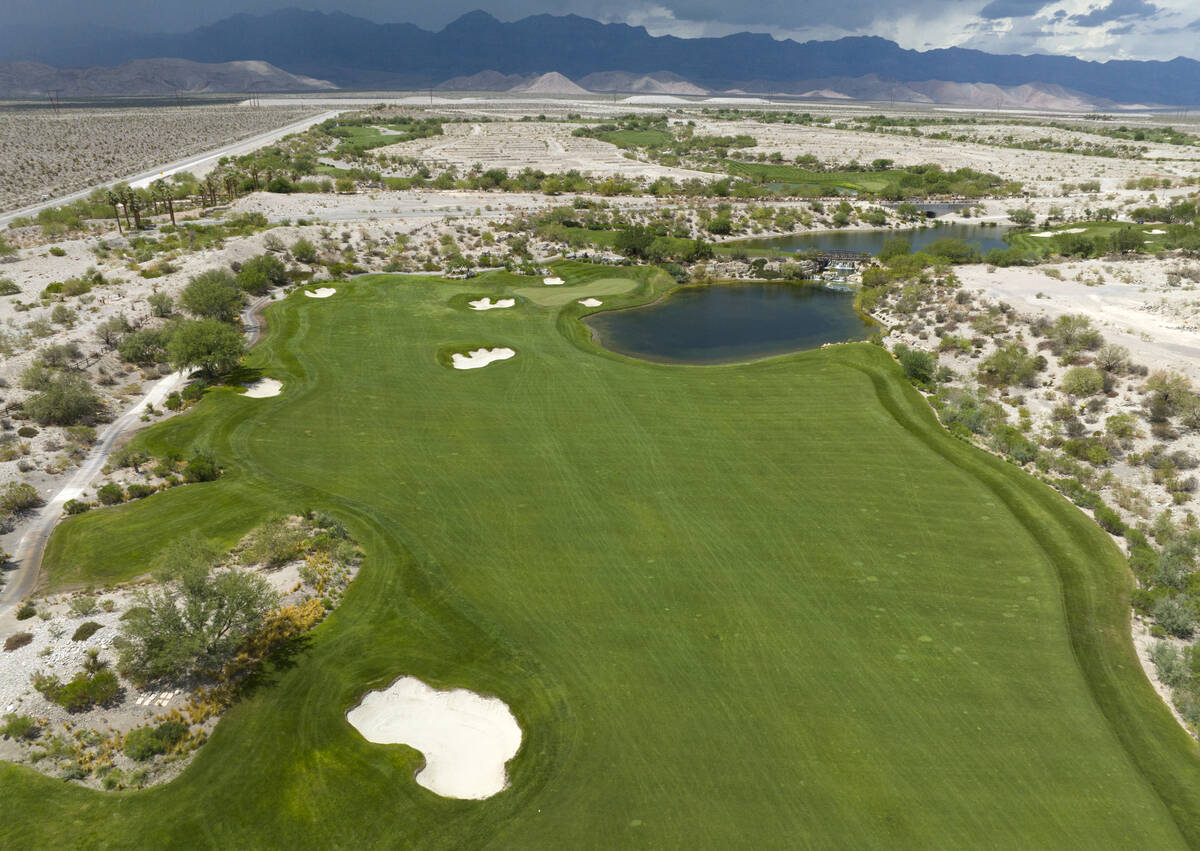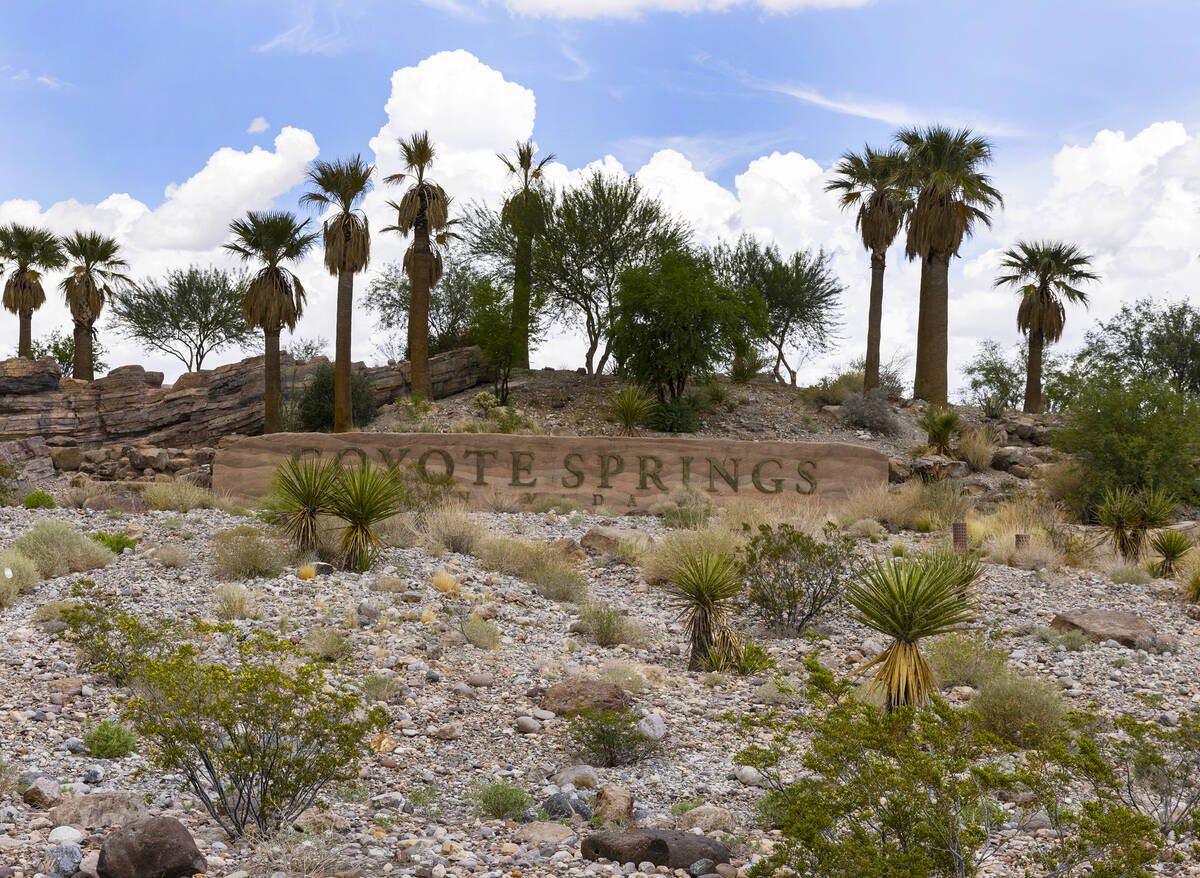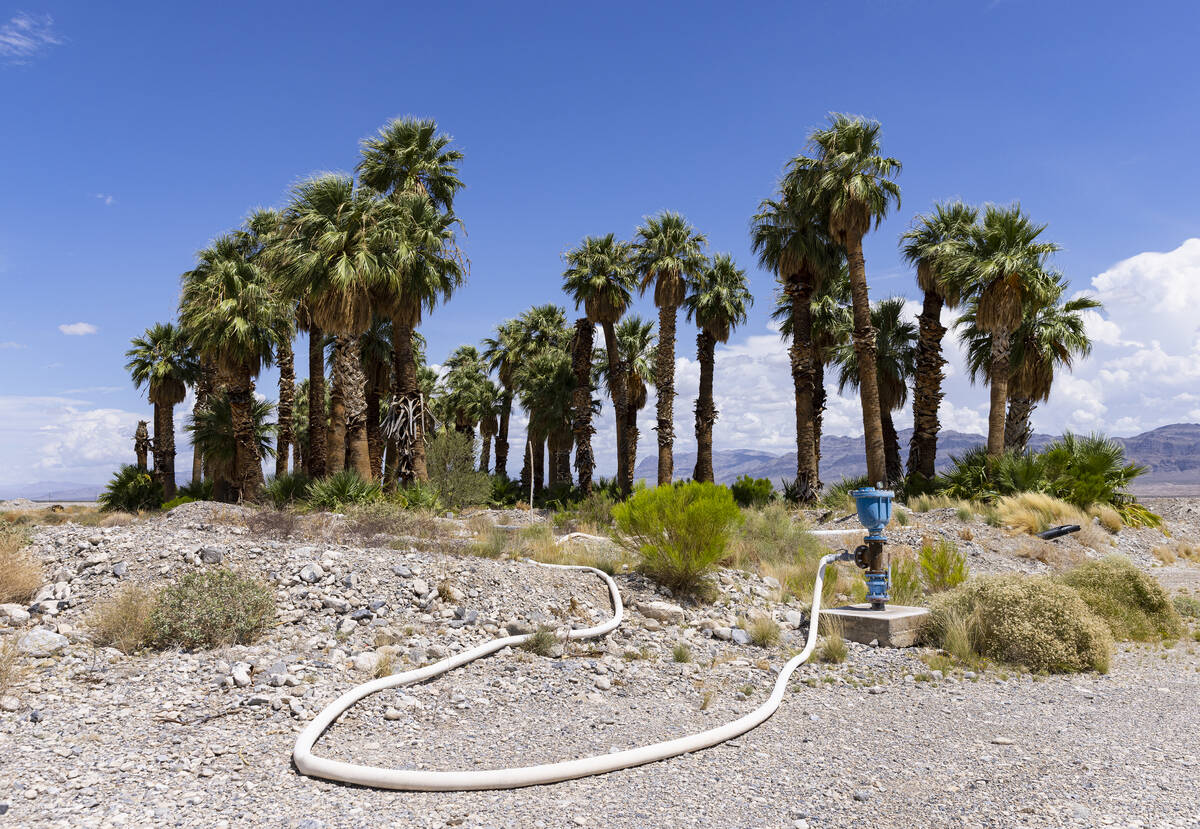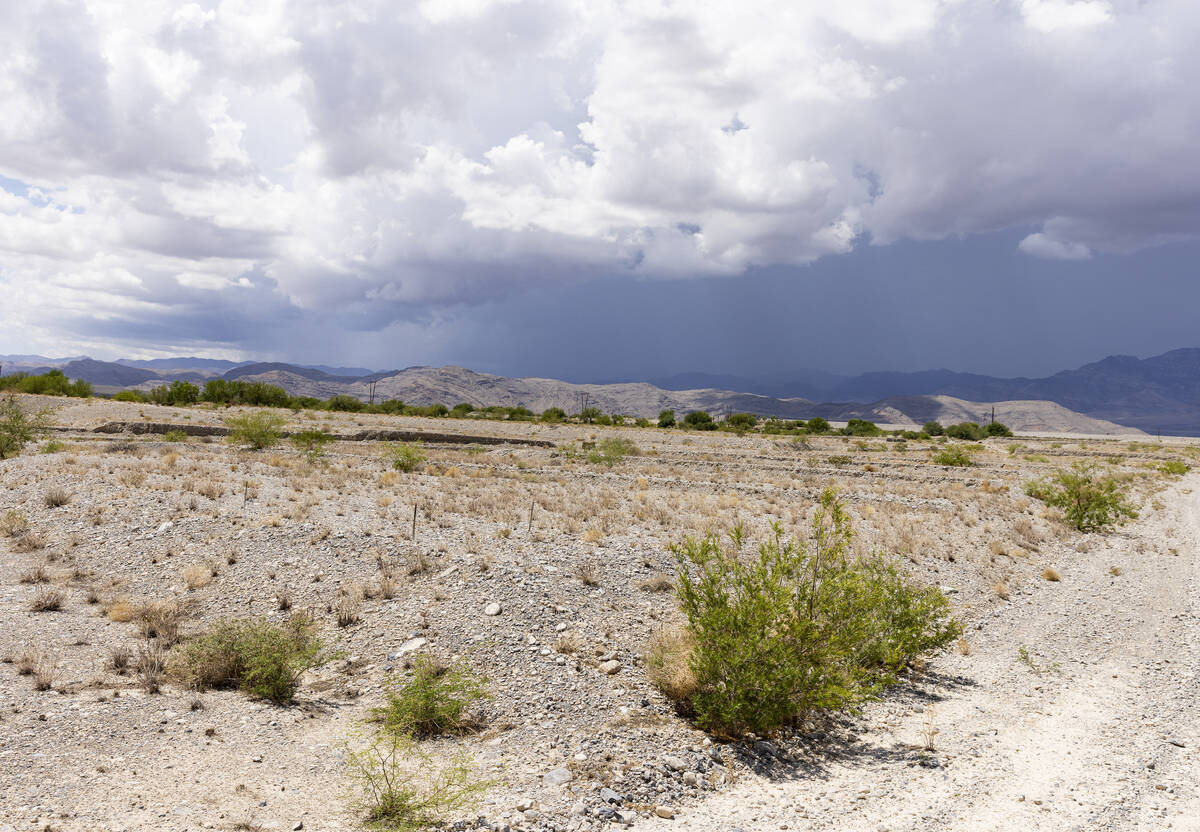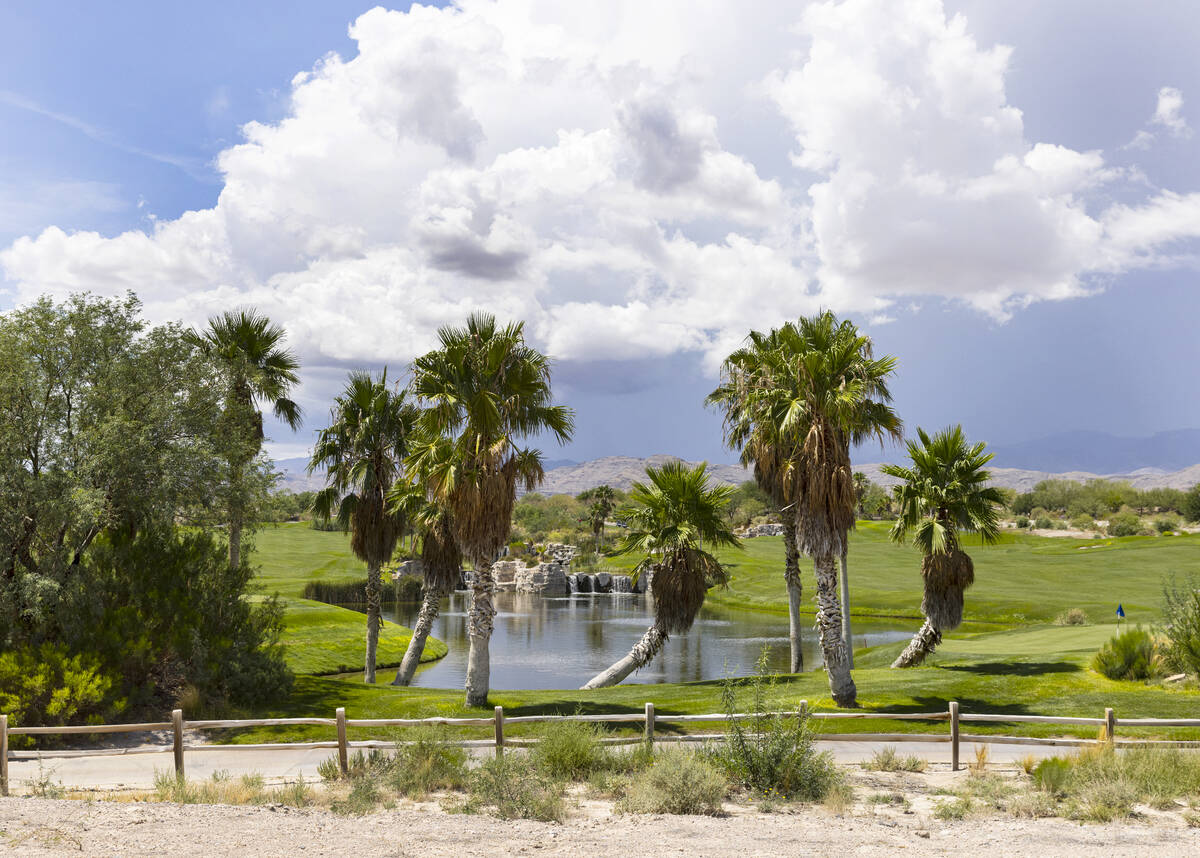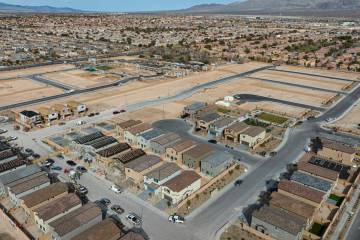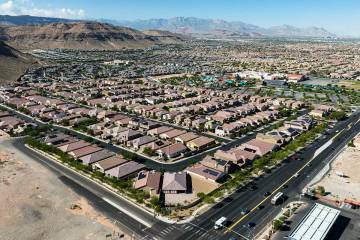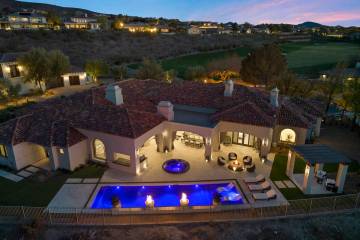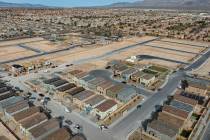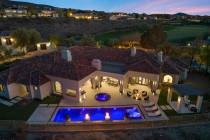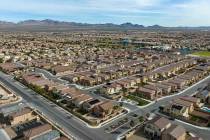Coyote Springs faces setback after subdivision plans denied
Clark County commissioners have dealt a setback to Coyote Springs, the long-sought community outside Las Vegas.
The commission voted 7-0 last week to deny a 575-home subdivision map for Coyote Springs, blocking a step in the development process that’s needed to enable home construction. The Las Vegas Valley Water District had objected to the map.
Water rights for Coyote Springs’ development are “insufficient” because they cannot be used without “conflicting” with other rights or “impacting” the Moapa dace, a rare warm-water fish in Southern Nevada, the water district said in a letter to commissioners last month.
Coyote Springs, roughly 60 miles north of Las Vegas, has been in the works for some two decades. It has a golf course and infrastructure but not a single house, and even before the vote, there was no telling when homes would start to take shape.
The developers “will very likely refile” an application for the subdivision map, said Emilia Cargill, chief operating officer and general counsel at Wingfield Nevada Group, the company behind Coyote Springs.
Cargill, who previously told the Review-Journal that the subdivision would comprise Coyote Springs’ first residential village, said the developers view the denial as a “temporary setback.”
“We remain enthusiastic,” she told the Review-Journal last week. “It’s a good project; we have development rights … and we still seek to move forward.”
‘Who may and who may not pump’
Straddling Clark and Lincoln counties, off U.S. Highway 93 at State Route 168, Coyote Springs spans more than 40,000 acres and calls for nearly 160,000 homes. Hundreds of millions of dollars have been invested in the project, which also includes a history of litigation involving everything from water rights to accusations of fraud and embezzlement.
Clark County’s planning commission approved the subdivision map last month. The County Commission heard it on appeal from the water district.
According to county documents, the gated subdivision of single-family houses would span more than 140 acres.
At the Oct. 4 hearing, Cargill noted the map was approved in 2018 but the plans expired. She also pointed out that Coyote Springs has utilities, water treatment facilities and ample water rights.
As part of a previous agreement, it also relinquishes 460 acre-feet of water rights per year — comprising 10 percent of Coyote Springs’ initial water rights — for the Moapa dace and its habitat, she told the Review-Journal.
Greg Walch, the Las Vegas Valley Water District’s general counsel, said at last week’s hearing that “taking an endangered species by contributing to the reduction of spring flows is not a risk” the state or the water district “is willing to or should take.”
“And that doesn’t even address, remotely, the potential that 600 homebuyers could show up in Coyote Spring Valley and … not have water for their homes because of the endangered species question,” he said.
A state order that effectively merged several basins, including Coyote Springs’, and set a limit on how much water could be pumped from the combined superbasin, was ruled “arbitrary, capricious, and therefore void” by a judge this spring.
But Walch noted that the ruling was appealed to the Nevada Supreme Court and that the jurists issued a stay, effectively keeping the superbasin order alive at least for now.
He told commissioners that Coyote Springs’ maps “should not be approved” until the ground rules for “who may and who may not pump” are further developed.
He also said it wasn’t just Coyote Springs that was at issue.
“Further development in that basin will be a problem unless other offset water can be found,” Walch said.
Golf water
Coyote Springs’ water comes from an underground aquifer, and the community has access to 4,140 acre-feet of annual water rights, Cargill said this summer. That amounts to more than 1.3 billion gallons annually.
Its $40 million golf course, which opened in 2008, is Coyote Springs’ only attraction. Cargill said it uses around 1,100 acre-feet of raw water annually.
The course will use recycled water once homes are built and Coyote Springs’ wastewater treatment plant is operational, she added.
Coyote Springs was launched by Harvey Whittemore, a once-powerful Nevada lobbyist who later partnered on the project with the Seeno brothers from the San Francisco Bay Area. The developers ended up tangling in court about a decade ago, after the housing market crashed and construction largely ground to a halt in Southern Nevada.
The Seenos, whose family has homebuilding and casino interests, are still developing Coyote Springs, though Whittemore is no longer involved with the project.
Contact Eli Segall at esegall@reviewjournal.com or 702-383-0342. Follow @eli_segall on Twitter.



